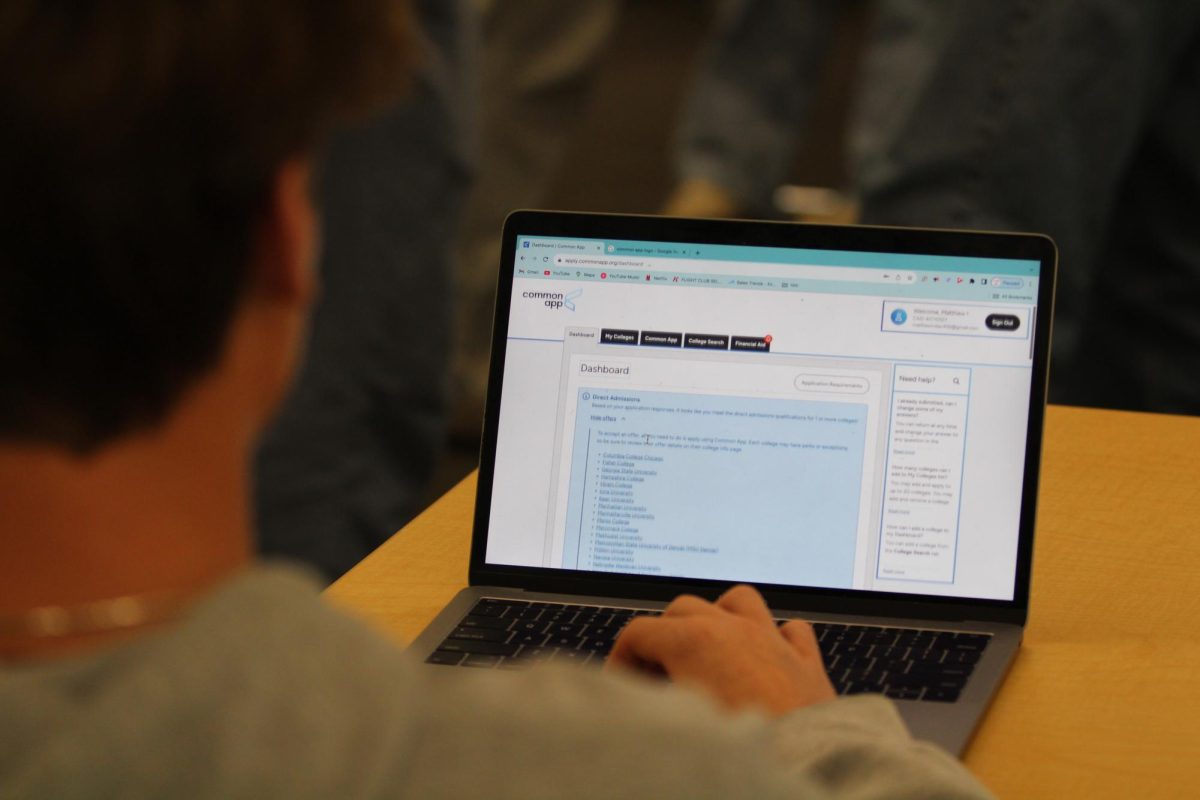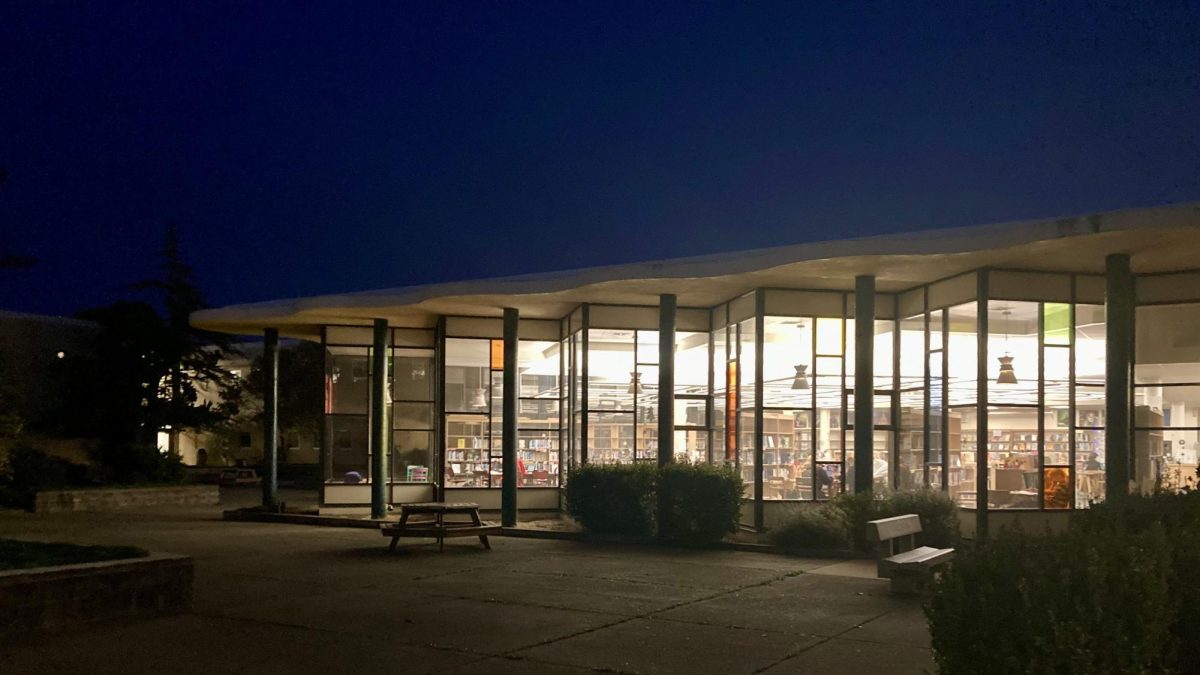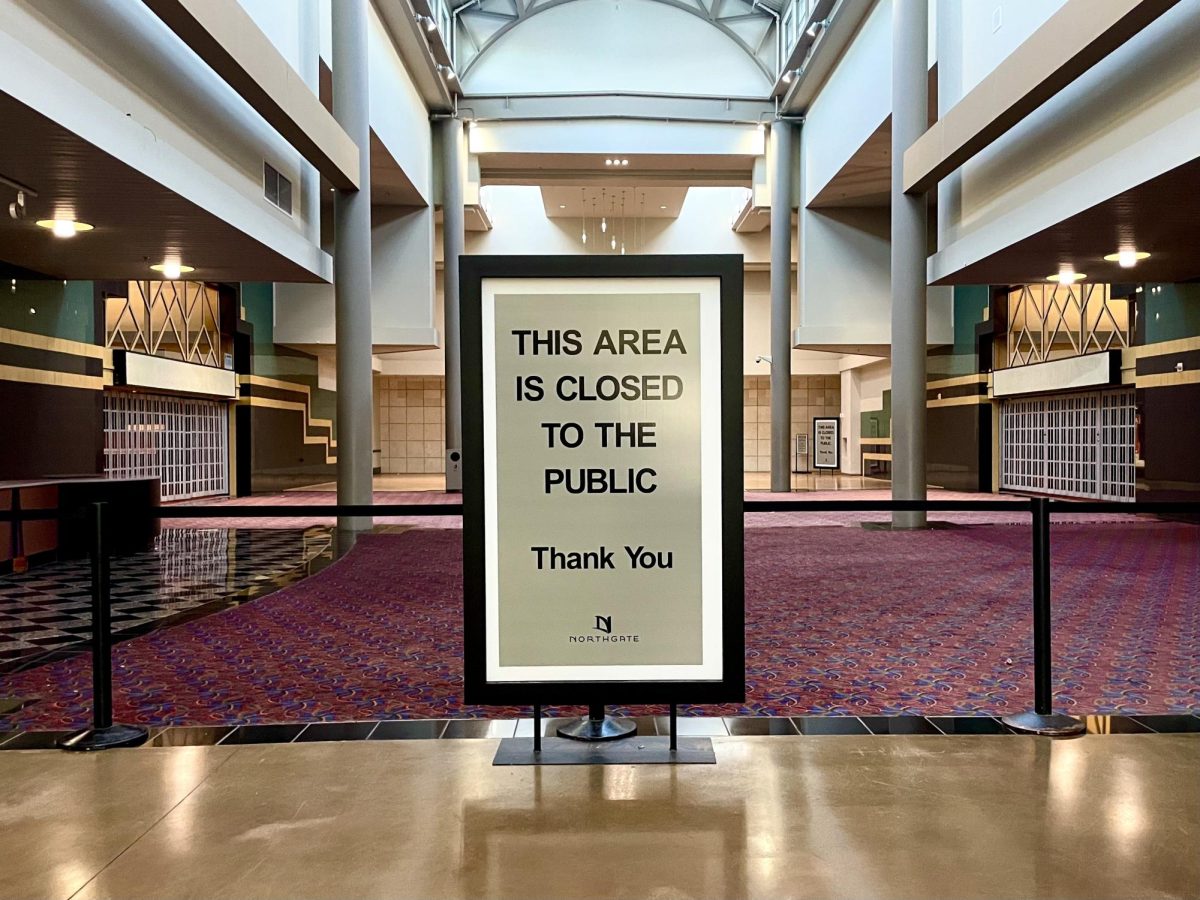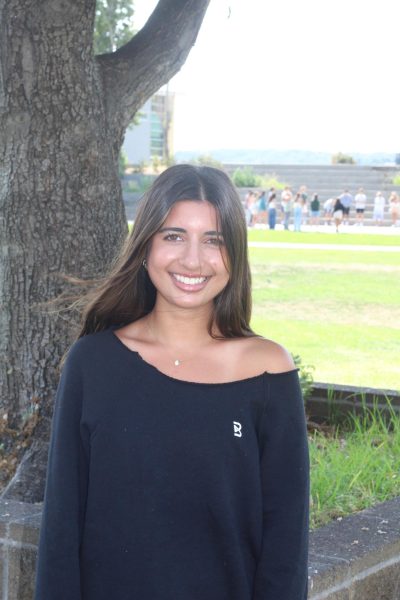From efforts led by the Tamalpais Teachers Union, a significant change will be made to the Friday schedule for the upcoming 2024-25 school year for the entire Tamalpais district. This change will include a paid teacher collaboration period from 8 to 8:50 a.m., 16 times a year. Not only will this be an exceptional change for teachers, but it will also change the starting time of students’ first period from 8:30 to 9 a.m.
The change is largely due to issues regarding teacher collaboration. Redwood principal Dr. Barnaby Payne explains why many staff members felt this time in the morning was necessary.
“[As teachers], we never have enough time to meet and we always need more time, especially for collaboration,” Payne said.
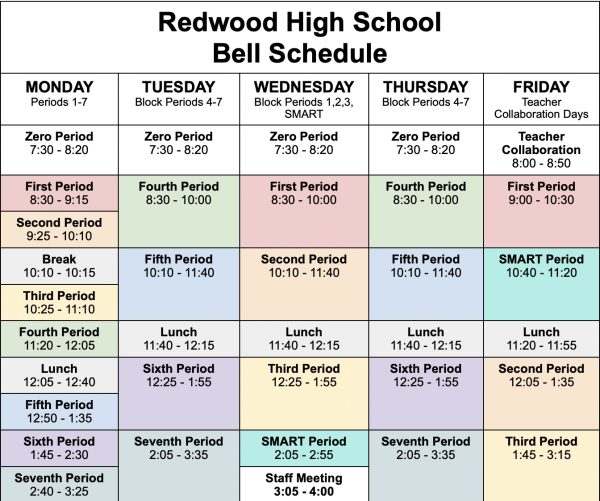
Many teachers have felt that they cannot communicate efficiently with other faculty members within their department. They often feel lessons are staggered and don’t align with others teaching the same curriculum.
As co-president of the Tamalpais Teachers Union, Erik Berkowitz shares similar sentiments regarding the reason for this schedule change.
“What this schedule is doing is providing pure collaboration time that isn’t driven by the district’s immediate needs of teachers. Often, we are given time to collaborate but are given a task when doing it,” Berkowitz said. With this change, teachers are given time to speak with their counterparts without going out of their way to unify their lessons.
To enact this change, a vote was held among teachers to see who favored the schedule alteration. The vote for this decision was also held among the other 4 schools in Tamalpais district. The only school to vote against the schedule change was Tamalpais High School (Tam).
“There are faculty members who drop their kids off around [8:00 am] and feel that they want to vote no against [the schedule] because it gets in the way [of __],” Berkowitz said. “It’s an honest acknowledgement; you can’t be in two places at once.”
This collaboration time will not be the only change to Friday’s schedule. Due to the later start to the school day, a shorter SMART period must be compromised. Payne explained SMART’s new focuses and how they plan to encourage students to utilize this designated study period despite its length cut.
“We need to think about how we will keep everyone accountable for SMART, as it is a place of value and student support,” Payne said. Payne also mentioned the school’s new technological capabilities regarding the use of SMART passes.
“We have the capabilities to send electronic passes,” Payne said. Electronic passes would allow students to check Synergy, their school app, and see which teacher is calling them to their SMART period in advance. This would also be reflected in attendance, allowing students to go directly to their class without checking in with their designated SMART teacher.
“It’s a long-term goal,” Payne said.


